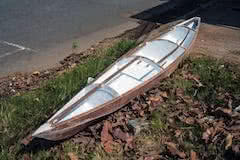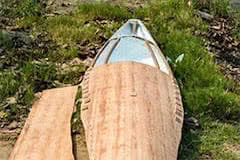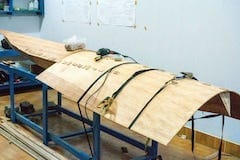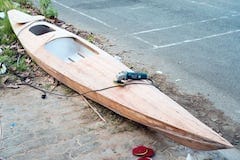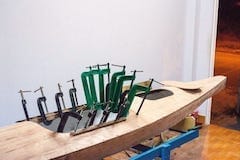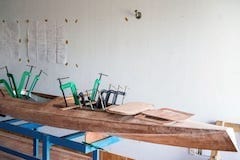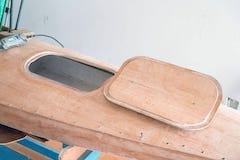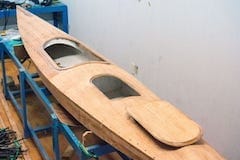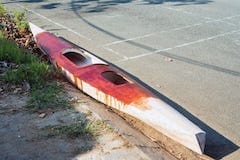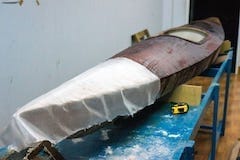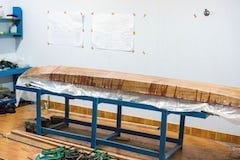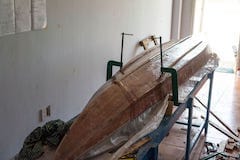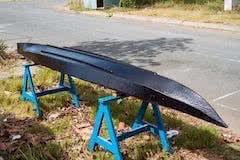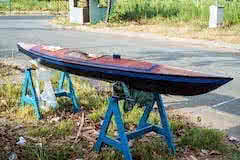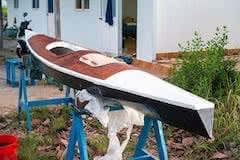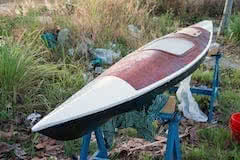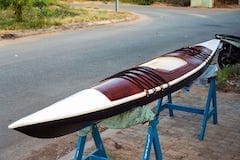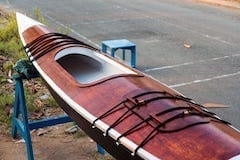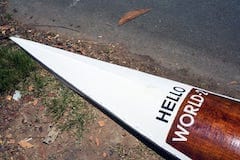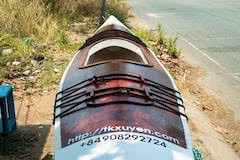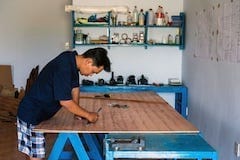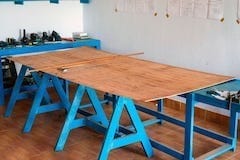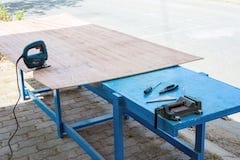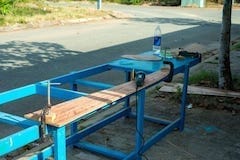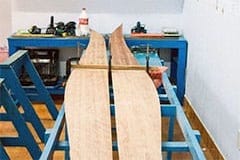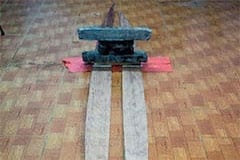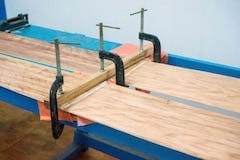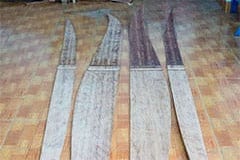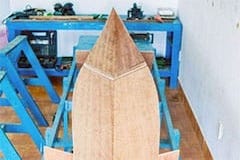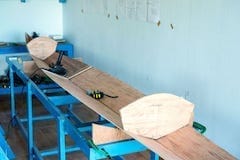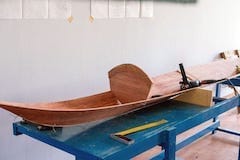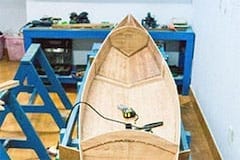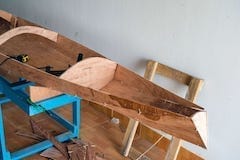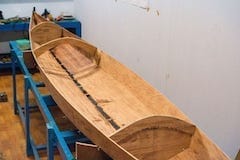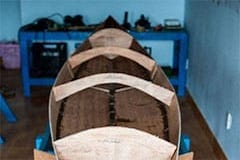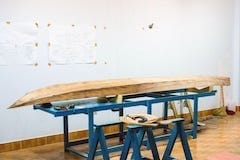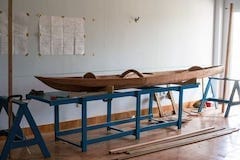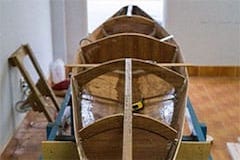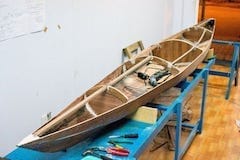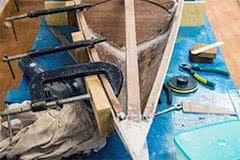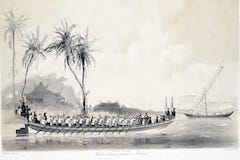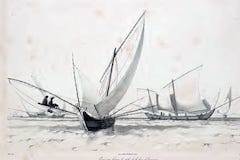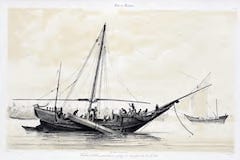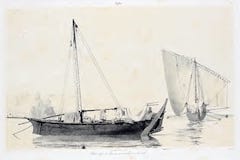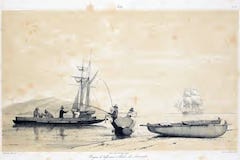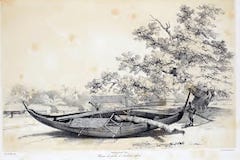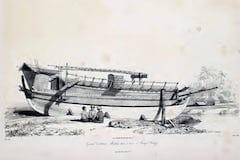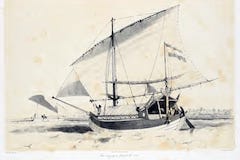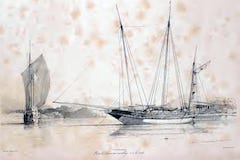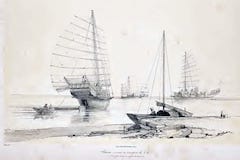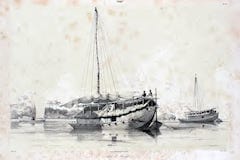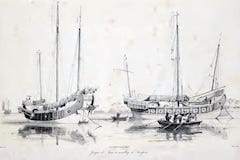From the outlook, she gonna be a nice boat with simple and sporty curves! I proceed slowly and carefully, as I intend to use this boat for white – water (near coastal) areas, where it gonna be rougher and wavier, compared to the almost – calm rivers around Saigon. It need to be ‘engineered’ with a focus on durable & strength! 😀
6. Canopy
It is extremely hard to bend the 5mm plywood into the curvy shape of the canopy (I used 5mm for convenience cause I’d bought 8 sheets of them, I should have used 3mm instead). The ply cracks a bit at the bow section, forcing me to apply a layer of fiberglass to repair and reinforce. Also, I would need to change the painting plan to better conceal the faults! 😢
7. Coaming & hatch
Finished the canopy part, now the jobs of fixing the plywood cracks, fitting the cockpit coaming, the hatch and its locks, sealing the compartments to be water – tight, installing the seat… lots of miscellaneous jobs. Still some way to go, but I’m already very excited to see the desired watercraft taking shape!
8. Glassing
I was considering over and over again about whether to glass the hull or not, cause glassing will add more weight into the boat, which is quite heavy already (estimated final weight at about 25 kg). Eventually decided to glass still (stiffness is important out there in rougher water), plus an additional layer of glass at the bow & aft sections.
9. Painting
I chose quite an unusual color scheme which diverges from my favorite colors of blue & white, I just feel that this boat needs something bold and strong, so I go with black & white, plus the wooden color of the canopy. The result is quite satisfying, at least to my eyes, now I know why this model’s code name is: Dart! 😀
10. Finishing
It takes some more time to finish this boat: the seat mattress, deck lashing lines, hatch’s lock, and some decorations: boat name and contact information, and boat’s eyes of course. Some more accessories need to be built for this boat, but that would be after then, can’t wait until launching and trialling this beautiful kayak!

